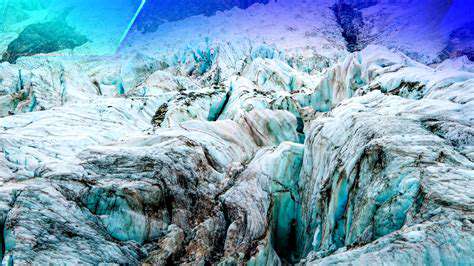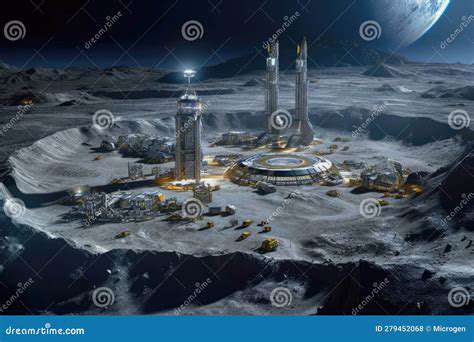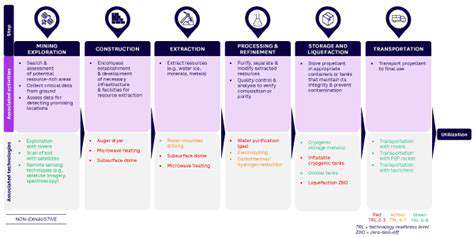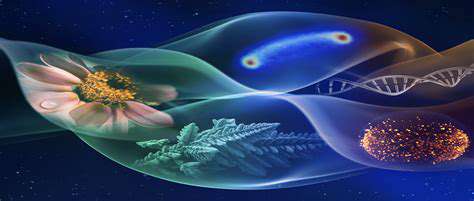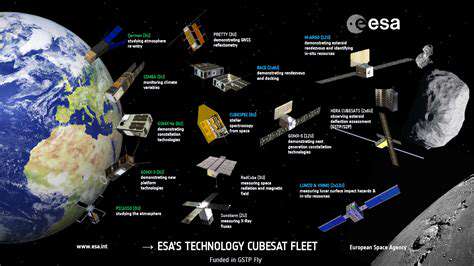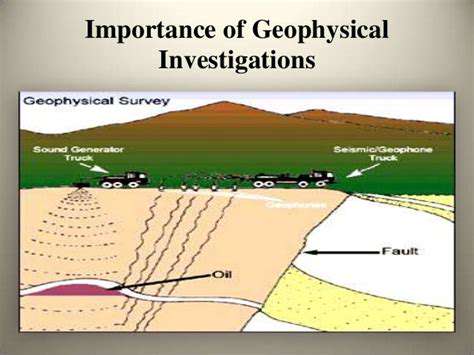Introduction to Lunar Tectonics
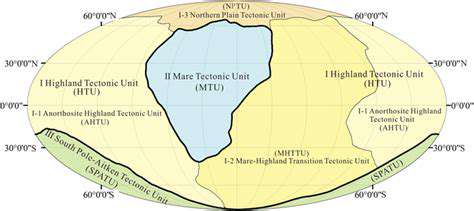
Understanding Lunar Formation
The Moon's formation, a significant event in the early solar system, profoundly impacts its current tectonic landscape. Understanding the processes that shaped the Moon's structure during this period is crucial for comprehending its subsequent tectonic evolution. The prevailing theory suggests a giant-impact event where a Mars-sized object collided with the early Earth, ejecting material that coalesced to form the Moon. This impact not only significantly altered Earth's rotation but also left an indelible mark on the Moon's internal structure, influencing its subsequent thermal history and the development of its unique tectonic features.
The Moon's initial differentiation, separating its mantle from its core, played a critical role in the establishment of its internal structure. This process, driven by heat from radioactive decay and residual heat from the impact, led to the formation of distinct layers within the Moon. The subsequent cooling and solidification of these layers contributed to the development of the Moon's unique characteristics, which are reflected in its current tectonic activity and surface features.
Lunar Tectonic Processes
Lunar tectonics differs significantly from terrestrial tectonics due to the Moon's lack of a significant atmosphere and hydrosphere. This absence of external forces fundamentally alters the processes shaping the lunar surface. The Moon's tectonic processes primarily involve the deformation of the lithosphere, the rigid outer shell of the Moon. This deformation is influenced by internal stresses, including those related to the cooling and shrinking of the lunar interior.
These internal stresses can lead to the formation of various surface features, such as fault systems, wrinkle ridges, and impact basins. These features provide valuable insights into the past and present tectonic activity on the Moon. Studying these features, along with lunar seismic data, is essential for understanding the Moon's internal structure and the forces that have shaped its surface.
Impact Cratering and Lunar Tectonics
Impact cratering is a dominant force shaping the lunar surface and significantly influences lunar tectonics. The sheer energy released during impact events can trigger widespread deformation of the lunar crust. Large impact basins are often associated with significant tectonic features, showcasing the complex interplay between impact events and subsequent deformation processes.
Impact cratering events can induce fracturing and faulting in the lunar crust, leading to the formation of graben and other structural features. Moreover, the heat generated during these impacts can contribute to localized melting and subsequent resurfacing events, further complicating the understanding of lunar tectonic evolution. Understanding these complex interactions is essential for reconstructing the Moon's geological history.
The Evidence of Lunar Moonquakes
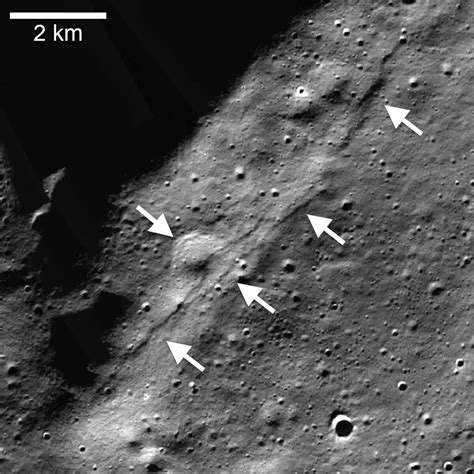
Evidence from Seismological Data
Lunar seismology, a field dedicated to studying moonquakes, provides compelling evidence for their existence. Sophisticated instruments, deployed during the Apollo missions, recorded numerous tremors on the lunar surface. These tremors, ranging in frequency and intensity, offer crucial insights into the Moon's internal structure and geological history. Analyzing the seismic waves generated by these moonquakes allows scientists to map the lunar interior and identify areas of different densities and compositions.
The recordings from these instruments reveal a variety of seismic events, from small tremors to larger quakes. Understanding the frequency and characteristics of these events is essential to comprehending the dynamic processes within the lunar interior.
Types of Lunar Moonquakes
Lunar moonquakes are not a uniform phenomenon. Scientists categorize them based on their duration, frequency, and apparent origin. Some are shallow, originating near the lunar surface, while others appear to originate deeper within the Moon. These different types of moonquakes likely reflect varying geological processes, offering clues about the Moon's internal structure and the forces that shape it.
Understanding the different types of lunar moonquakes is vital for piecing together a complete picture of the Moon's seismic activity.
The Role of the Lunar Interior
The Moon's internal structure plays a crucial role in generating moonquakes. The presence of subsurface structures, such as faults and fractures, is thought to be a significant factor in triggering these seismic events. These features likely formed during the Moon's early history, and their continued presence indicates the Moon's ongoing geological activity, albeit at a much slower pace than on Earth.
Impact-Induced Moonquakes
A significant portion of lunar moonquakes are believed to be triggered by the impact of meteoroids and other celestial bodies. These impacts, though occurring infrequently, create significant stress within the lunar interior, triggering seismic activity. Analyzing the frequency and characteristics of impact-induced moonquakes can provide valuable information about the history of impacts on the Moon and the resulting geological effects.
The Implications for Lunar Exploration
Understanding lunar moonquakes has important implications for future lunar exploration. The presence of seismic activity, even at a low level, suggests potential for ongoing geological processes within the Moon. This knowledge is crucial for planning future missions and selecting suitable landing sites, as it can inform our understanding of the lunar environment's stability and safety.
Long-Term Implications for Lunar Science
The study of lunar moonquakes extends beyond immediate exploration goals. It allows scientists to better understand the processes that govern the evolution of planetary bodies. By studying the Moon, we gain insights into the broader context of planetary science, potentially informing our understanding of other celestial bodies and their evolution. Analyzing the seismic data can also provide clues about the Moon's formation and evolution, offering a window into the early solar system.


